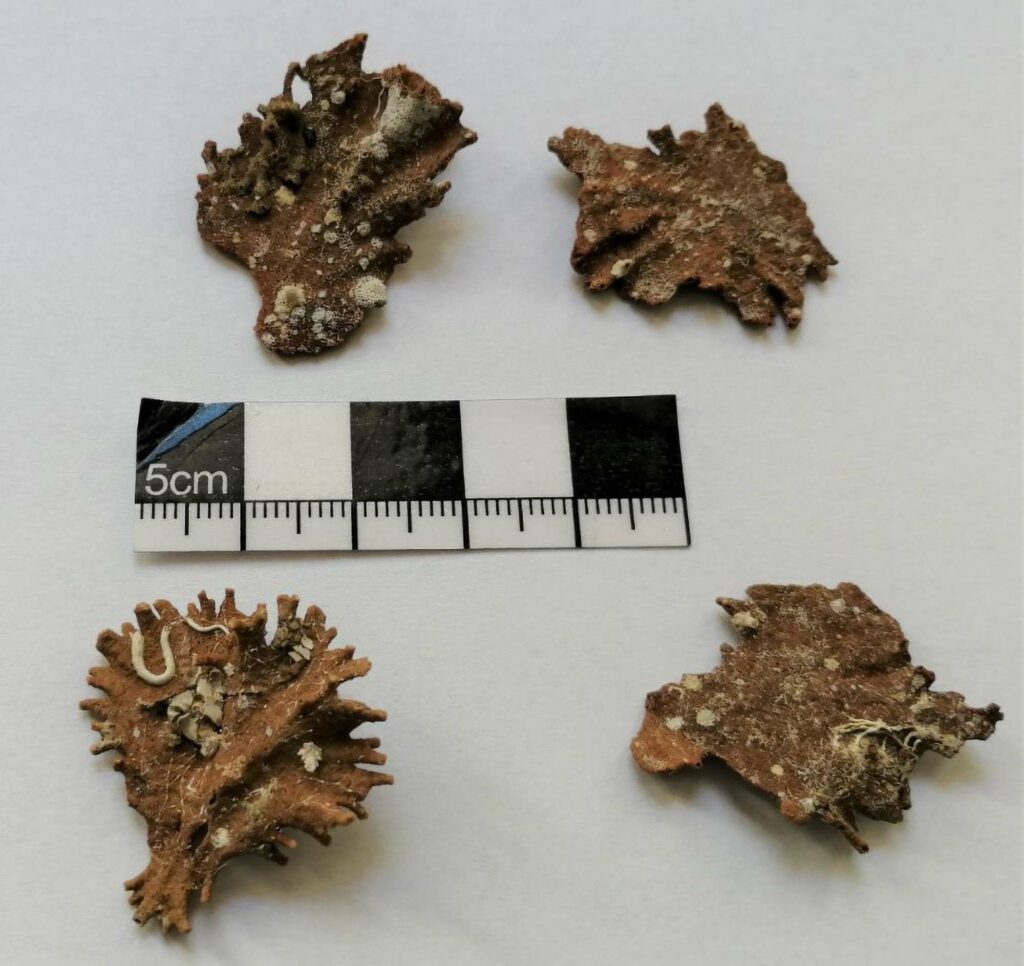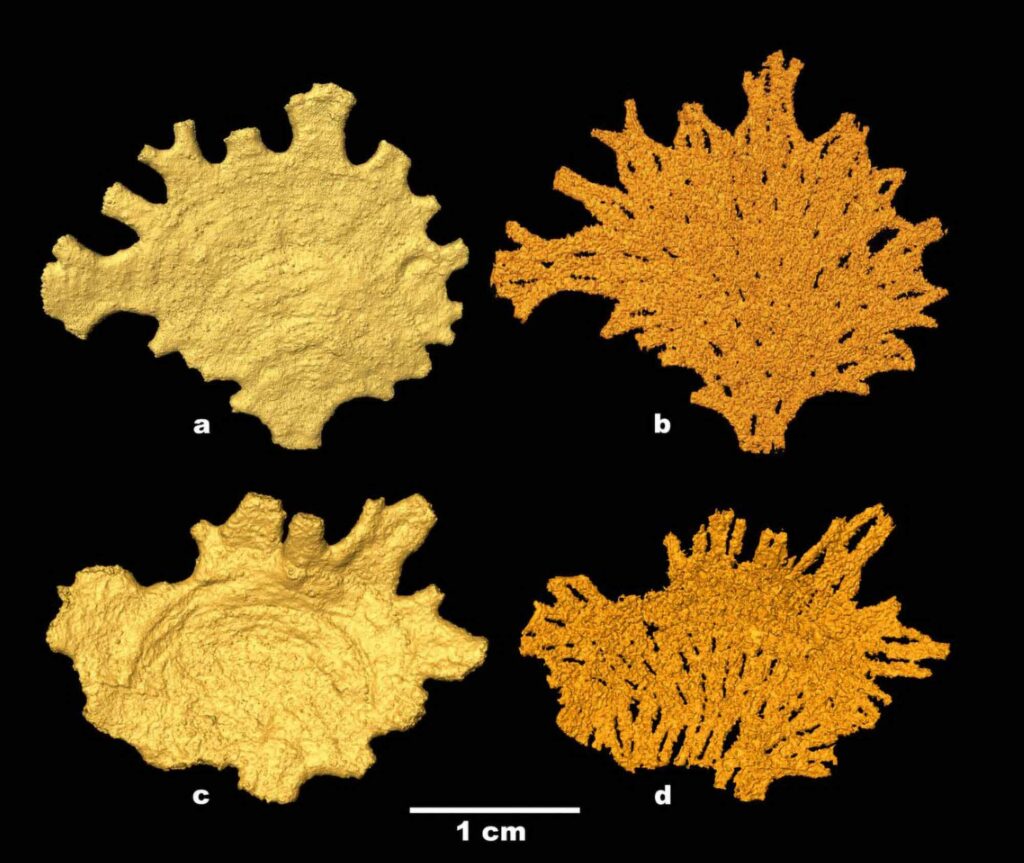Scientists have provided fascinating insights into the structure of single-celled organisms living in the eastern Atlantic Ocean infamous for its pungent stench.
The foraminiferal species Jullienella foetida is an organism that can reach a size of several centimetres. One of its most significant characteristics is its “foul-smelling odour”, according to the Natural History Museum Vienna (NHM) in Austria.
The institution cooperated with researchers from London’s Natural History Museum, Bonn University in Germany and the Egyptian Petroleum Research Institute over an in-depth examination of the protists.
Foraminifera are normally only a few millimetres in size. However, a group of agglutinates can reach up to 14 centimetres (5.5 in).
Jullienella foetida is among them. It occurs in the shallow, nutrient-rich waters on the coast of Cote d’Ivoire.
The organism’s immense malodorous smell resulted in its name affix ‘foetida’, meaning ‘stinking’ in Latin.
Foraminifera is Latin for ‘hole bearers’. These single-celled organisms’ have external shells – which are called ‘tests’ – of diverse forms and materials.
Most foraminifera are marine. The majority live on or within the seafloor sediment.
The team of scientists used modern techniques including a scanning electron microscope, X-ray images and micro-CT-scans to examine several specimens of the Jullienella foetida

Dr Anna Weinmann is an expert on micropaleontology. The NHM researcher said: “These three-dimensional pictures allow us to study the interior of the tests to understand how such large and yet stable tests are built.”
She explained: “The images show that the tests contain internal partitions which stabilise the outer test walls. At the same time, they canalise the cytoplasm.
“Some specimens also contained remains of this cytoplasm inside their tests. Such remains are probably the reason for the smell.”
Prof. Dr Martin Langer from Bonn University added: “Our observations suggest that the biomass of Jullienella foetida is among the largest among today’s foraminifera.”
Jullienella foetida depends on appropriate food sources to build and maintain such a biomass. The scientists think that this might be the reason why it has so far only been found in the nutrient-rich coastal areas of the eastern Atlantic.
The odorous one-celled organism is playing a crucial role in the diversity of the local ecosystem as there are there almost no other frame-building organisms such as corals.
The NHM Vienna is one of Austria’s largest non-university research institutions. Its staff features 60 scientists.
More than 100,000 objects are on display in the museum’s 39 exhibition rooms.
The museum – which first opened in 1898 – registered over 841,000 visitors in 2019.

To find out more about the author, editor or agency that supplied this story – please click below.
Story By: Thomas Hochwarter, Sub-Editor: Marija Stojkoska, Agency: Newsflash
The Ananova page is created by and dedicated to professional, independent freelance journalists. It is a place for us to showcase our work. When our news is sold to our media partners, we will include the link here.




